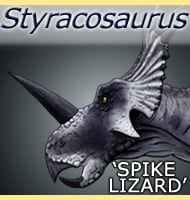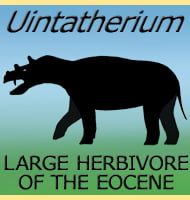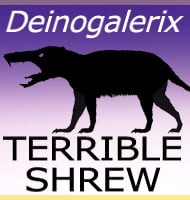In Depth
2014 saw the first instance of a dinosaur genus being described as coming from Venezuela. This genus was Laquintasaura, a small plant eating ornithischian dinosaur, fossils of which were discovered where a road was being cut into the Venezuelan landscape. However, when Laquintasaura was discovered, the teeth of small theropod dinosaurs were also found associated with it, hinting at a clue to a predator prey interaction. Then later in 2014, a shin bone of a theropod dinosaur was recovered and used to establish a new dinosaur genus; Tachiraptor.
Aside from the shin bone (technically known as a tibia), a partial hip found nearby was also assigned to the genus. Unfortunately we still don’t know a lot about what kind of theropod dinosaur Tachiraptor was, and this makes estimates of size and body form highly speculative in the absence of further fossil discoveries. Tachiraptor has however been loosely reconstructed to be about one and a half meters in length.
Further Reading
- New dinosaur (Theropoda, stem-Averostra) from the earliest Jurassic of the La Quinta formation, Venezuelan Andes. - Royal Society Open Science 1(2):1-15. - M. C. Langer, A. D. Rinc�n, J. Ramezani, A. Sol�rzano & O. W. M. Rauhut - 2014.









